18+ Planting Siberian Iris
Learn more about when to plant divide and grow the Siberian iris. Keep your plants well- mulched to make sure that the soil remains cool and moist.

Three Dogs In A Garden How To Grow Siberian Iris
West Side Parking Lot 20.
:max_bytes(150000):strip_icc()/growing-siberian-iris-5089592-05-16abe9badb604e6da665511d0d9d7e84.jpg)
. Spectacular when planted in groups. Division every few years keeps the plants healthy. Web Propagation Diseases and pests Wintering Use in the garden Varieties If you are looking for a bright blue early summer bloomer for the pond edge the Siberian iris is the perfect choice.
Mulching around Siberian iris helps to prevent weeds and maintain soil moisture. Siberian Iris bloom best after a cold period in winter. They are resistant to deer and rabbits and are commonly used as a border plant as their slim green foliage provides an attractive appearance even when the plant is not blooming.
Web Plant in a full sun position. Soak the roots and rhizomes in water overnight before planting. Siberian Iris Care Keep the soil consistently moist until the plants are established about a year.
Sibirica also come in a range of colors. While Siberian Iris does grow in partial shade positions it may not flower as profusely. The rhizomatous or fibrous roots can be planted in full sun to partially shady areas.
Zones 3 to 8 Fond Kiss. Flat planting is important. West Side Parking Lot 21.
It may take more than one season for the plants to bloom but planting in the fall will give them a head start. Fabulous looking long display season easy to grow low maintenance and trouble free. 2 to 4 feet tall Use.
However Siberian iris will perform in lean or poor soils as well. Web General Care Guide The Siberian Iris is known to grow well in USDA Hardiness Zones 3 through 8. Bury the rhizomes 1-2 inches deep ensuring the top is slightly exposed.
White flowers with pink flush. The roots point diagonally downwards. Stems grow 18 inches to 2 feet tall.
Choose a location with full sun to partial shade. Siberian Irises thrive in well-drained moisture-retentive soil with a neutral to slightly acidic pH. Newly received plants that are bare root should be soaked in cool water for a few hours or overnight.
Web Siberian irises I. Web Find essential tips for growing irises including how and when to plant the rhizomes. In general the best time to plant irises is during their dormant season which is usually in late summer or early fall.
To avoid skin irritation from the sap wear gloves when handling Siberian irises. This allows the roots to establish before the winter season. Beardless types which thrive in moist soil frequently are planted on stream and lake banks.
Web Siberian iris is usually planted from potted nursery plants or from roots in the spring although root division of established plants is sometimes done in the fall. Web Planting between late March and October is recommended although experts believe that Iris sibirica planted early will develop better than fall plantings. Iris sibirica Plant family.
Web Siberian irises have stiff narrow falls and narrow upright standards. These are very long-lived plants though over time the clumps can become woody and die out in the center. In a sunny mixed perennial border that has good moisture.
They also tend to be more pest and disease resistant. East Side Parking Lot 19. Plant in the spring in cooler winter areas.
Irises are relatively tolerant of humidity. Plant the rhizomes in late summer or early fall spacing them 18-24 inches apart. Plant the corms or tubers in late summer or early fall.
Web The Siberian iris I. They have a more delicate beauty than the stately bearded irises but are equally as rugged. Sibirica is beloved for its delicate flowers and soft grasslike foliage.
This is how you grow the wild shrub correctly in your garden. Web The best planting time for the southeast is fall. Web When to Plant.
With long lasting blooms and low-maintenance foliage that remains attractive long after the blooms have faded Siberian iris is the workhorse you need in your garden. Web Home Iris sibirica Siberian Iris View or Create Collections Iris sibirica Siberian Iris Siberian Iris Siberian Flag Iris Sibirica Siberian Irises Iris sibirica are terrific herbaceous perennials rich with many qualities. In cooler areas you can also plant the tubers in the spring but the plant may not flower as profusely in the first year.
Siberian Irises can be planted anytime from spring to fall with foliage forming in the autumn and taller growth emerging in the winter. Profile of Siberian iris. Web Planting Siberian iris gardens is best done in a rich fertile soil with good drainage.
These plants develop into sizeable clumps over time and bloom from late spring to early summer. Mid-spring to early summer Height. Web Some iris species prefer medium to wet soils such as the Japanese irises or the Siberian irises.
Iris sibirica Over in Gloryland Siberian Iris. Web Photo Gallery About Siberian Iris Siberian iris gives early season color with delicate intricate flowers that reach above strappy sword-like greenery. Web Updated on July 28 2020 When it comes to growing and caring for garden perennials the Siberian Iris is one of the easiest flowers to plant in your garden.
Despite its exquisite beauty and waif-like stalks this is a hardy flower that can hold its own against a strong wind the harsh cold and unwelcoming conditions. This lovely perennial is easier to grow than the bearded iris needs very little care and blooms from spring through early summer. Plant 2 inches deep in a prepared bed 18 to 24 inches apart.
Siberian irises are especially hardy and dont like extremely hot summers while others such as Bamboo iris Iris confusa can even be grown in southern climates up to zone 11. Also in a bog garden or near a water feature. West Side Parking Lot 22.
Web There are a whole range of Siberian irises out there and here are the best for brief but glorious flowering. When to Plant Irises. Zones 3 to 8.
Web After blooming the grass-like foliage consisting of sturdy clumps of upright gray-green narrow and fairly rigid blade-shaped leaves is also one of its most attractive garden features. The upper third of the rhizomes should still look out of the earth. Web Plant them 18 to 24 inches apart with the tops of the rhizomes at least one inch below the soil surface.
Web A mass planting of Siberian iris demonstrates the allure of this spectacular garden plant.

Three Dogs In A Garden How To Grow Siberian Iris

Siberian Irises How To Grow Gardens Illustrated

Three Dogs In A Garden How To Grow Siberian Iris

Growing The Siberian Iris Almanac Com

Three Dogs In A Garden How To Grow Siberian Iris

Colourful Iris Sibirica To Grow Bbc Gardeners World Magazine
Siberian Iris Contrast In Styles Flower Bulbs Eden Brothers
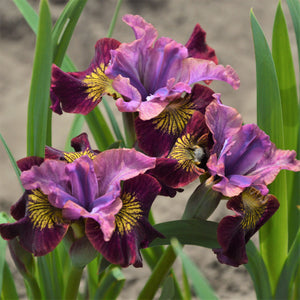
Siberian Iris Planting Guide From Easy To Grow Easy To Grow Bulbs
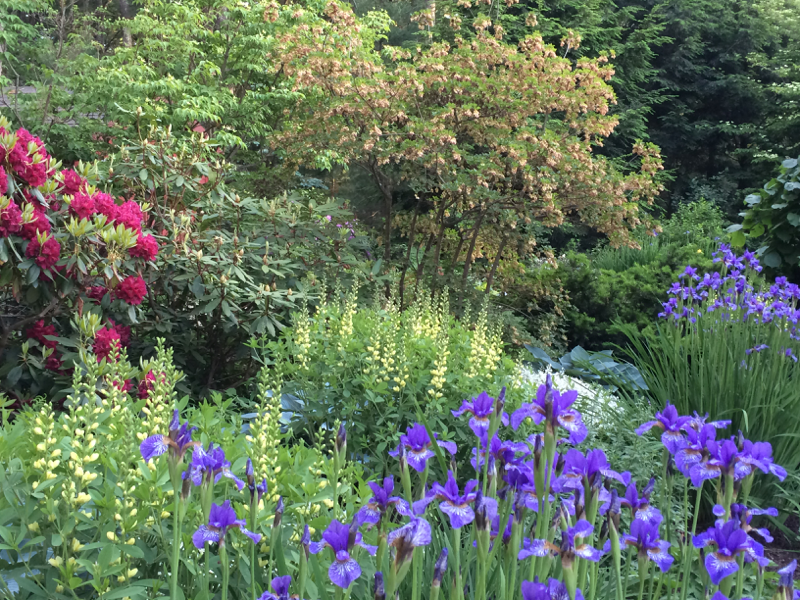
How To Divide Siberian Irises
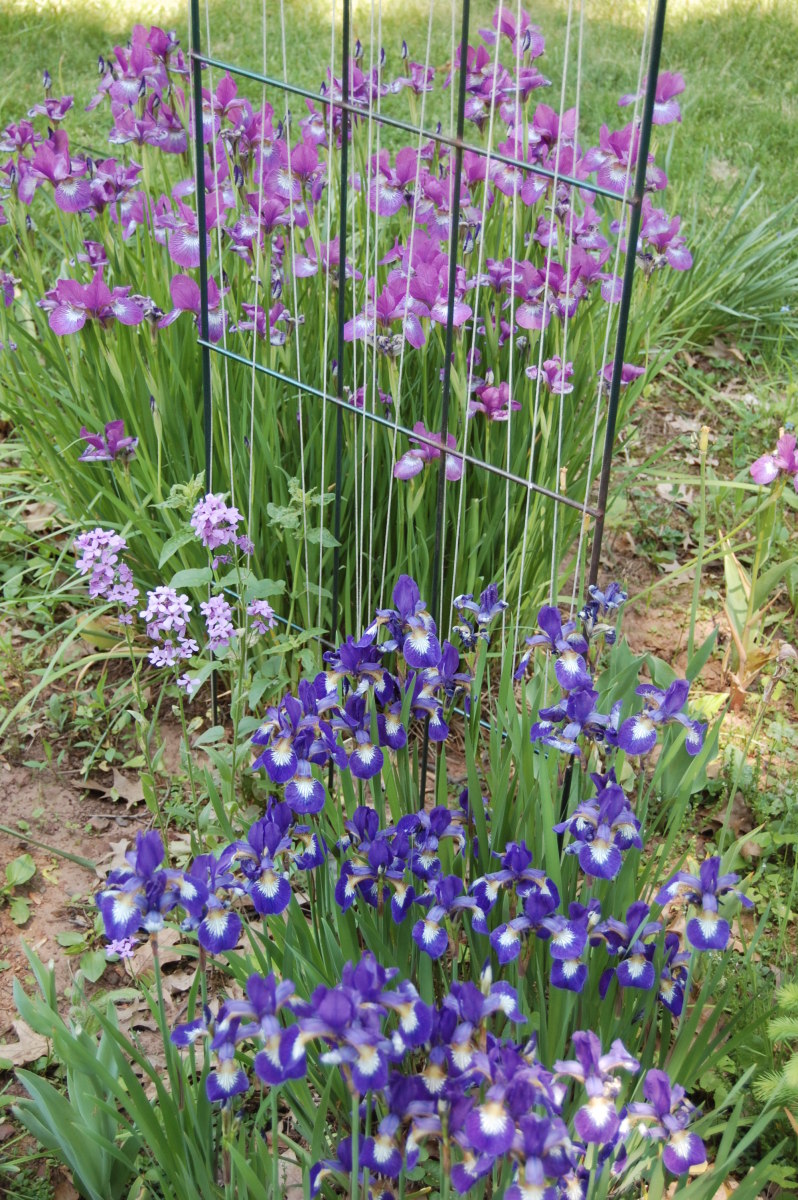
How To Grow Siberian Iris Dengarden

Siberian Irises How To Grow Location Soil Disease And Planting
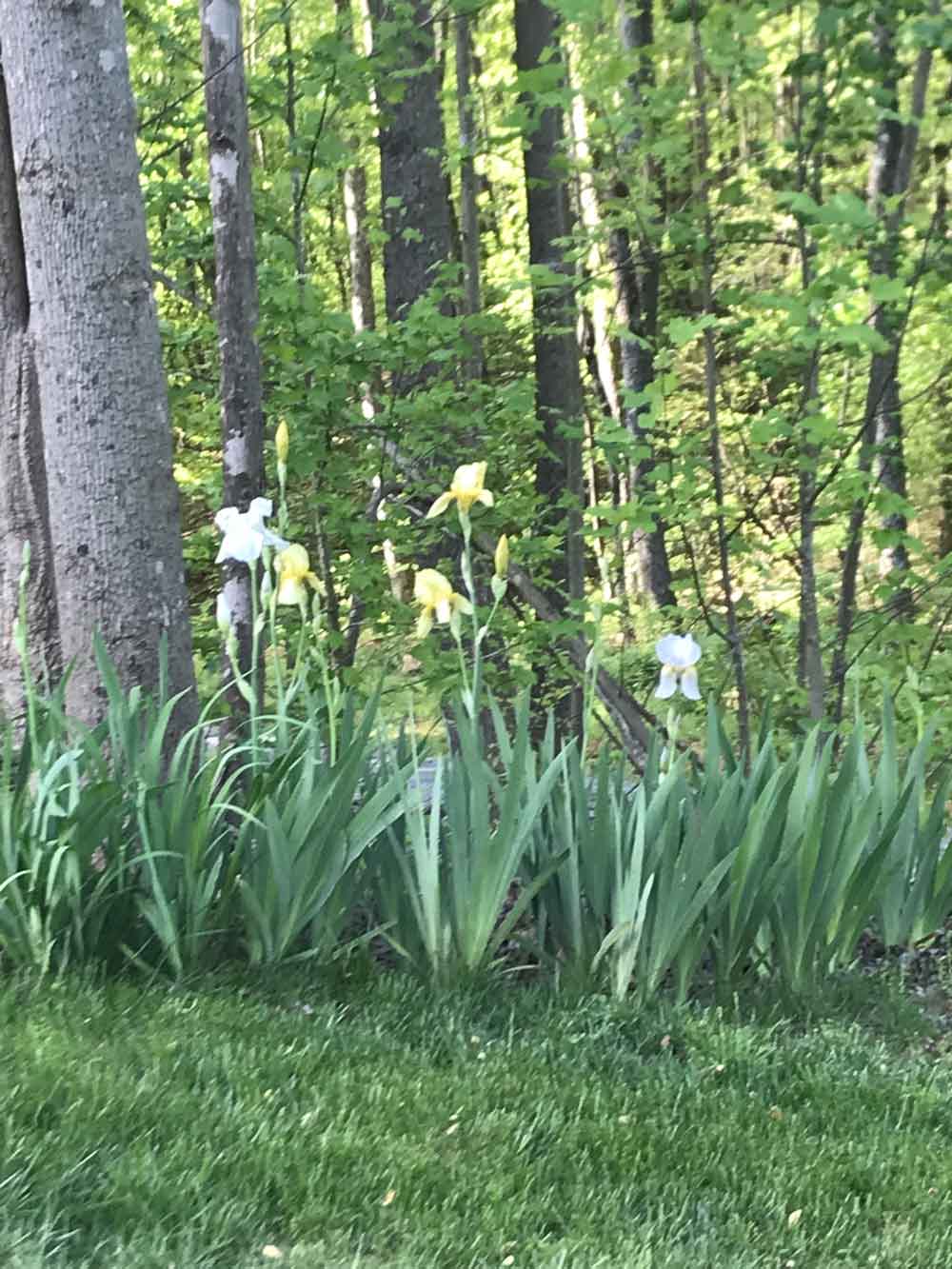
How To Plant Siberian Iris Roots Eden Brothers Planting Guides
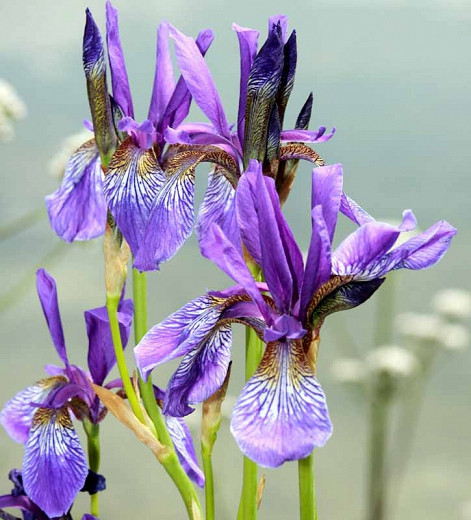
Great Companion Plants For Your Siberian Irises

Colourful Iris Sibirica To Grow Bbc Gardeners World Magazine

Growing The Siberian Iris Almanac Com

Siberian Irises How To Grow Gardens Illustrated

Siberian Irises How To Grow Gardens Illustrated